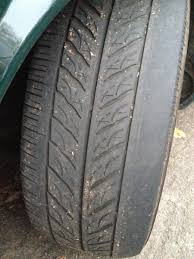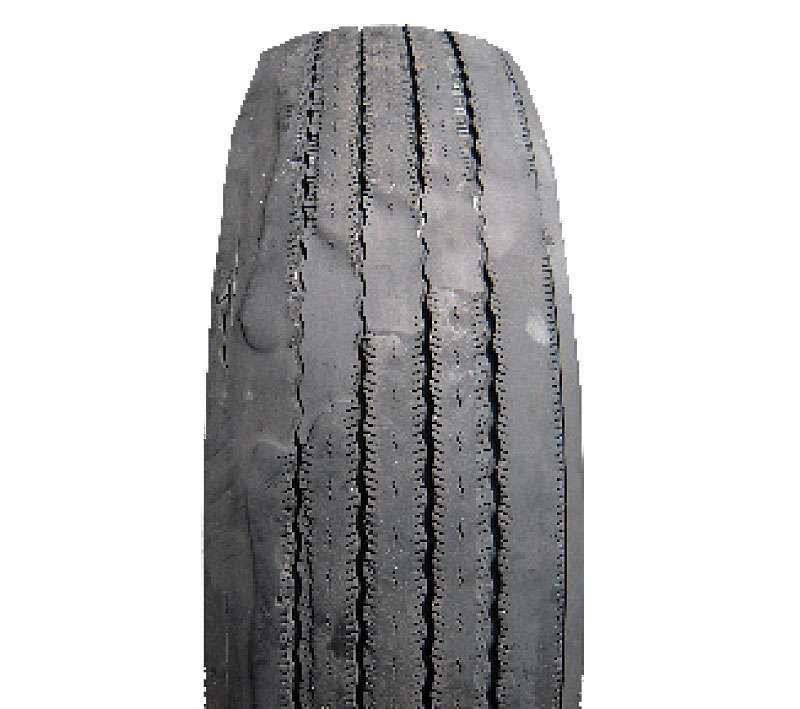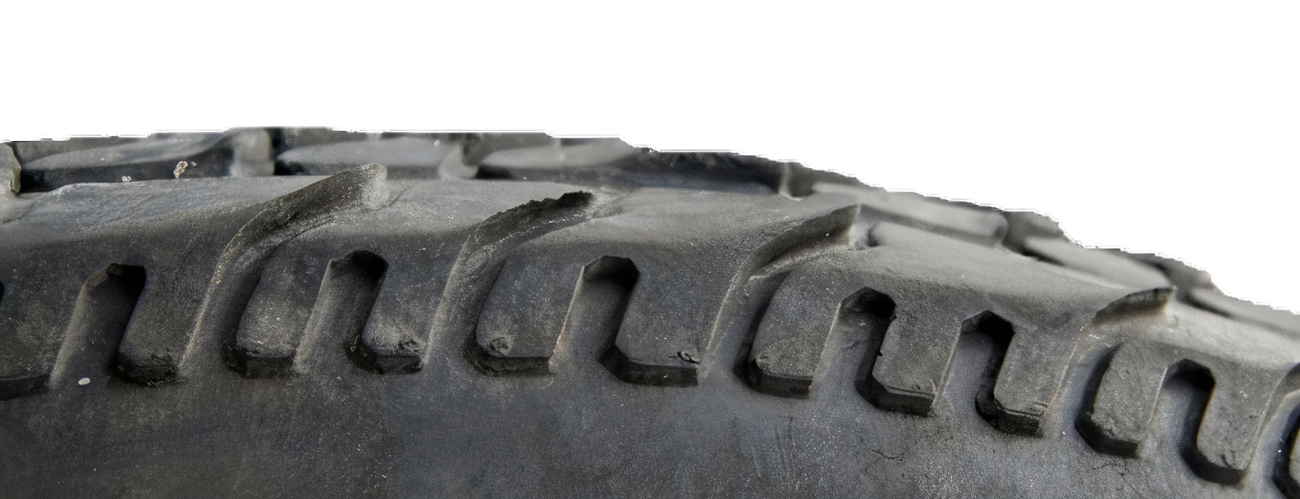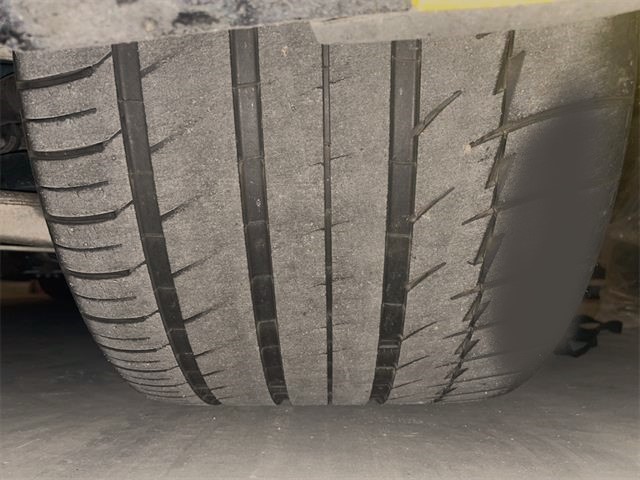
|
B
arry's
T
ire
Tech This is a series of articles on the technical aspects of tires, their care and usage. My primary purpose in these articles is to help people understand tires and thereby reduce the risks we all face every day. ..........and since tires is just about the only thing I know about.......... Please drop me a note if you have a topic you want to see: Barry@BarrysTireTech.com |
|
If you came here to research what is causing your unusual and/or uneven tire wear, I suggest you start with this page! It will set the stage for what comes below. |

|
Unusual and Uneven Tire Wear: This page is mostly about identifying the cause of unusual tire wear - and most of the time that means misalignment. I wrote up a separate page on the subject because misalignment comes up quite frequently when discussing tires. It is here! What follows is a series of pictures of tire wear conditions and a potential cause. I am following the nomenclature as published by TIA (Tire Industry Association) in "Passenger & Light Truck Tire Conditions Manual" © 2005. You can get a copy here! WARNING! $285.00 |
|
One Sided Wear: 2 causes: Too much toe or too much camber - or a combination of both! Ya' see, too much toe causes the leading edge of the tire to tuck under - and the more toe, the worse the condition. Generally, if the wear is confined to just the outside edge, like it is in the photo to the right, toe is the usual suspect. HOWEVER, too much camber and/or too little inflation pressure will aggravate the condition. Please note: Vehicles need a bit of toe in to be stable, so setting the toe to "Zero" is not an option. Why do vehicles need a bit of toe in? Because when there is toe out, the vehicle goes back and forth as to which tire is dominant. The term "Hunting" is sometimes used to describe the phenomenon. |

|

|
Too much camber generally causes a more wide spread wear pattern - like the photo to the left.
Too much toe in will accelerate the wear - as does not enough inflation pressure. It's been my experience that anything over 1° of camber is not conducive to good tire wear - but many vehicle alignment specs call for more than 1° of camber for handling reasons. But since toe is a multiplier here, setting the toe to the center of the allowable range will minimize the effect. Otherwise, the vehicle might need extra cost camber plates and eccentric bolts to reduce the camber to a lower level. Not enough inflation pressure will also aggravate one sided wear, whether caused by toe or by camber. HOWEVER, inflation pressure by itself does not cause one sided wear. |
|
Cupping Wear: This is the most problematic name - mainly because it is used to cover wear that isn't cupping wear. In the bias tire era, an unbalanced tire or a bad shock would cause the tire to have a "scoop" of rubber worn off - like someone took a cup and scooped out a part of the tread - hence the name. But radial tires have a belt that spreads this wear out, so the appearance is different - see the image to the right. A bias tire would be much more pronounced. Many people will use the term to cover a wide variety of wear conditions, including those that aren't cupping wear. |

|

|
Diagonal Wear Diagonal wear is wear across the face of the tread on a diagonal. It starts out as only partially diagonal and grows worse. Diagonal wear is caused by a little much toe over a long period of time. Lack of rotation is usually the culprit here as you can get diagonal wear with the toe being within spec (although, as I wrote on the alignment page, I think the published alignment specs are too wide). Please note that the image to the left also has a number of other wear conditions, including one sided wear - because of toe! |
|
Heel and Toe Wear:
It's called that because the tread elements are worn such that they sort of look like a foot. The leading edge is rounded and the trailer edge is sort of feathered. Sometimes this has been called "Feather Wear". The cause is torque on the tire in the form of either driving forward (usually), or braking. |

|

|
Feather Edge Wear: Very similar to Heel and Toe Wear, but each individual tread element - rather than the whole lug - is involved. Again, torque is the culprit here - and excessive toe will aggravate the condition. |
|
I don't think what you see to the right has a name, however it is one of the ways a belt separation looks from the outside. If you see this condition, immediately replace the tire. Do NOT wait a few days! Do it NOW!! Please note: At the publishing of this page, I didn't have a good image, so I am posting a "photoshopped" image and a description:
|

|
|
There are 2 terms that are frequently used when talking about tire wear: Slipped Belt and Broken Belt. Both of those terms are wrong! Belts don't slip. They are imbedded in a layer of rubber and that doesn't move relative the rest of the tire. This term is used frequently when word "Separation" would be what folks in the industry use. It is also true that belts don't break. They are flexible enough that a belt doesn't "break".> HOWEVER, a belt can be cut. |
|
Spot Wear: Sometimes this is called a Flatspot - but that term is also used to describe other conditions. This is caused by locked brakes. Normally, the spot is rough and jagged, but the image to the right shows what happens if the tire is driven on for some time - the spot gets worn smooth, losing its jagged appearance. |

|
|
Barry's Tire Tech: Normal Tire Wear |